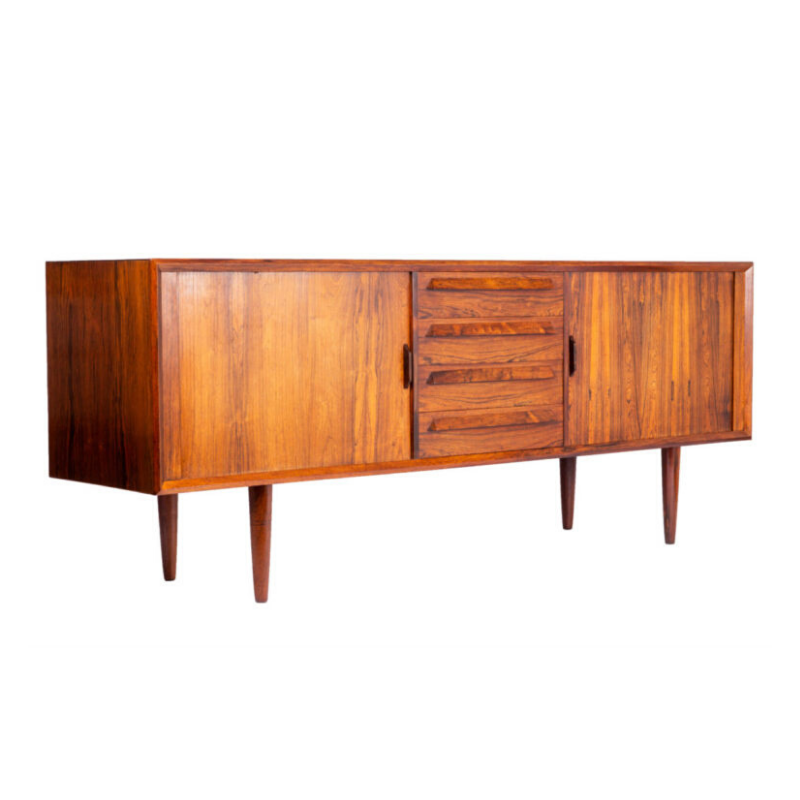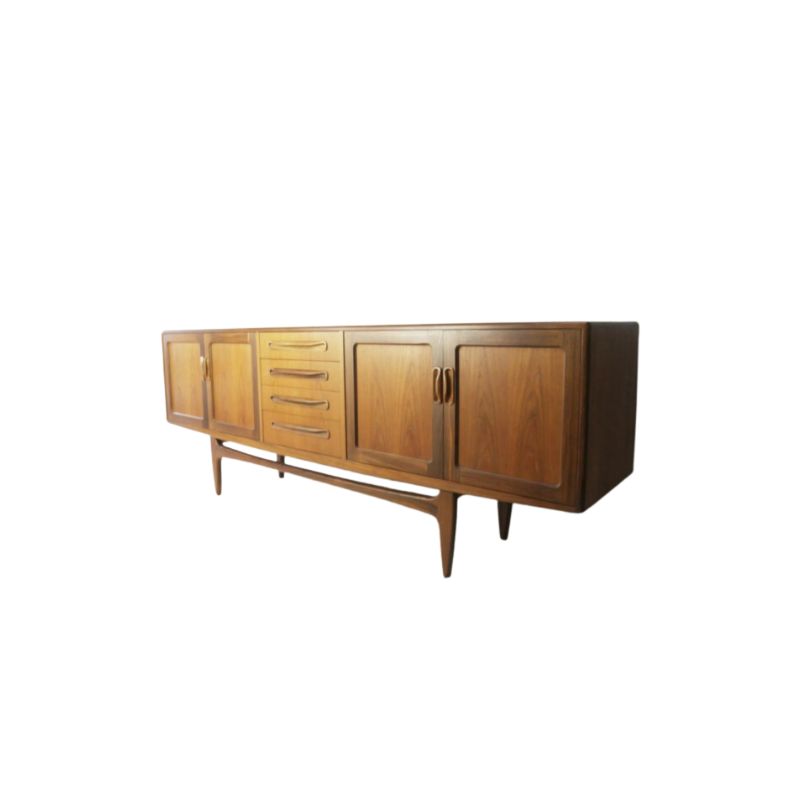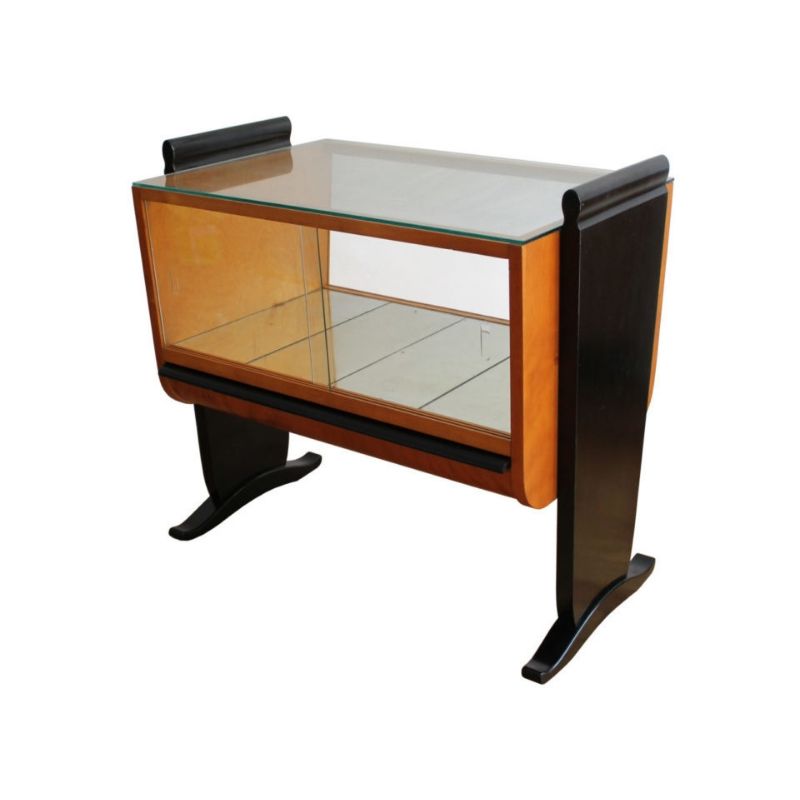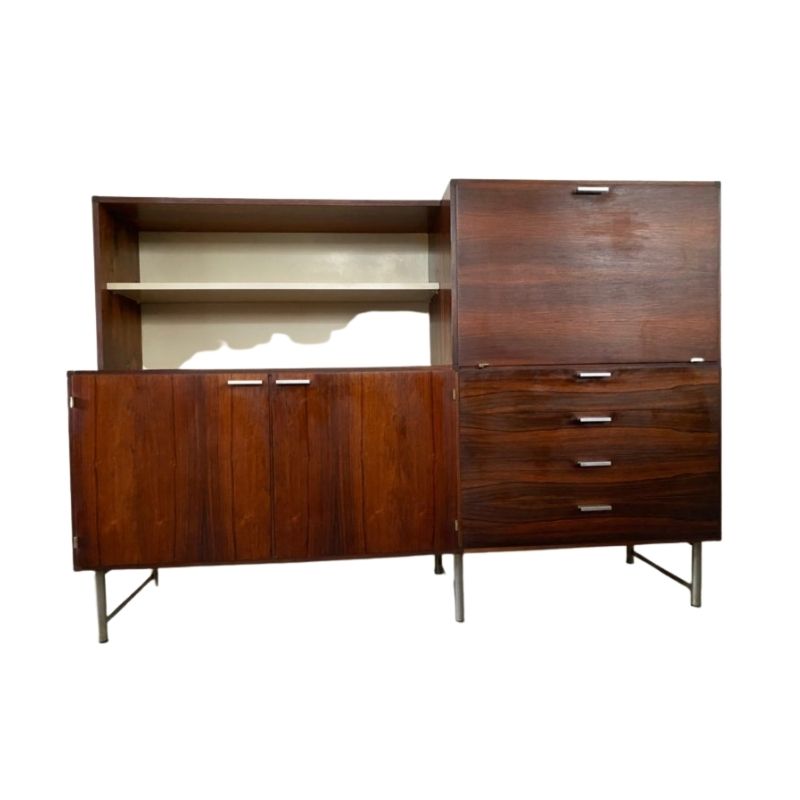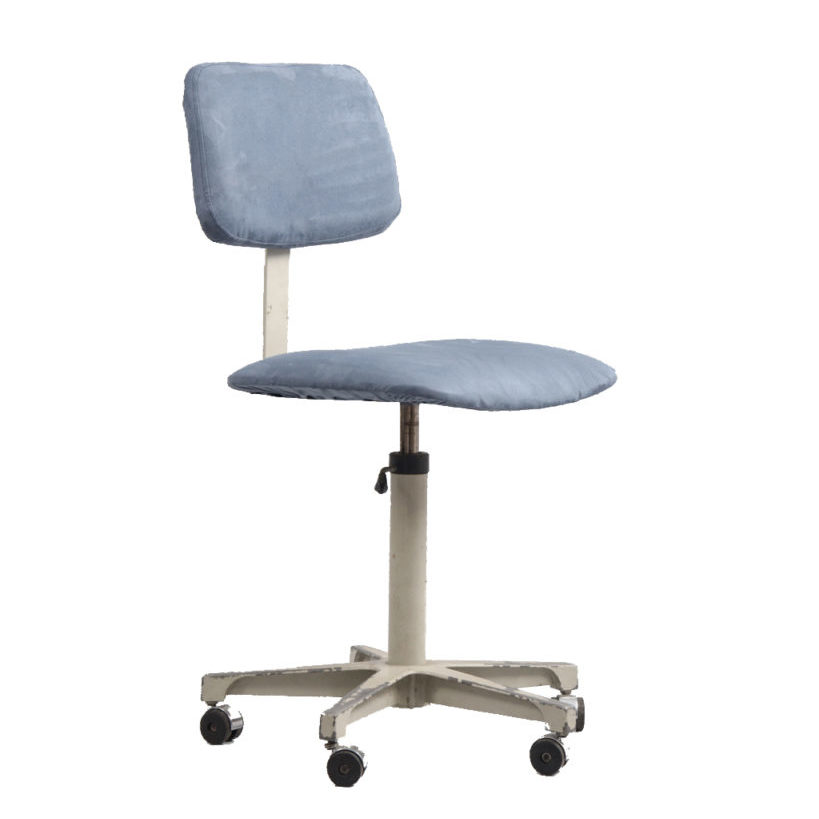We're renovating a condo with a mid century feel. The living room/dining area is rather small and to save space we're contemplating building in an L shaped banquette using wood for the base. We'd buy foam pads and have them upholstered. We're influenced by mid century houses in Sarasota designed by Paul Rudolph and others. On FLIKR I've seen built ins he did elsewhere. My question is, does anyone have advice for us on how to insure that the built ins are comfortable? We'd appreciate any experience or knowledge you could share. Thanks.Edited by DA [ broken link removed ]
The photo
that shows now, of a gray-cushioned white bench seat, gives a hint for comfort: note the slight angle of the seat. All other things being equal, a 4 or 5-degree slope to the seat, and an included angle of 95 degrees between seat and back, gives a pleasant upright posture for dining.
Most dining banquettes have fixed rather than loose upholstery, perhaps for the reason that it is more comfortable not to have the cushions slipping around while you are sitting on them -- and the appearance isn't spoiled by out-of-place upholstery the rest of the time. That said, I can understand not wanting to commit to fixed and permanent upholstery -- and in the home (as opposed to a commercial eatery) it would probably be just fine. There's always Velcro. . .
If possible...
...do either woven elastic webbing or jute webbing under the cushions rather than a solid surface (plywood is commonly used). You have to use pretty thick foam with fairly high density on a hard surface if you want to keep from feeling the hardness through the foam. You need some give.
Elastic webbing can be pulled pretty tight and then stapled or tacked into place. You could also do sinuous springs but I think elastic webbing is easier to do, I think. Jute webbing is cheaper and easy to do but has less give to it.
Banquette Preliminary Section
Suggestions:(see section)
-Retract seat
-Round corners
-Address back & knee angles
Maintain:
-Modern/Brutalist/Cantilever profile
Avoid:
-Diner Banquette profile
Do:
-Study model (Sketchup) to address potential issues;
i.e. Framing intersection @ corners. See attached model
(not shown on model: Upholstery, Non-Amazonian study figure, spec'd. finish)
Have fun & Good luck DIY'er.
I agree
With tipping the seat back a few degrees. Almost no chair on the market has a perfectly horizontal seat. I also like the idea of the webbing. I think you could build this fairly easily with a heavy (1") plywood frame. You could route the edges, and then cut channels an inch or so in to begin the webbing. I'm thinking about the general construction of Modernica's case study seating (they use springs instead of webbing) but my guess is webbing would be easier to DIY.
And then do foam cushions over that. I think Velcro is a perfect solution to keeping the cushions in place. And - you could do a very heavy duty Knoll/Maharam fabric that can be cleaned as well.
As I view it
the seat back in the detail above is already a bit too slanted, unless it's only there to lean back on when done eating -- and the seat has to be tilted, or you'll slide forward uncomfortably when sitting. 95 degree included angle for dining posture is good. It's not a lounge chair ! Test some existing seats and measure or take templates -- use strips of stiff cardboard and some spring clamps or a stapler to "grab" templates in the field -- or just mark a trace on the cardboard where the seat and back strips overlap, for later reassembly.
Nice drawings, though. Keep going.
mockup
Build a mockup using cheap plywood of a section wide enough to sit on. Try it out with different cushions and densities. And yes, I agree with the idea of straps underneath, not a solid platform.
Our firm designed some sectional seating for a lounge area in a cigar bar, and I wish we had not used plywood underneath (even though it was perforated). We built a mockup and had differnt back cushiond made up with differing angles, and different seat cushion densities too. What we didn't have was the individual lounge seats we were planning to use next to the mockup for comparison. It all seemed fine until installation and the "seat to seat" seat tests.
If you need any help, please contact us at – info@designaddict.com



